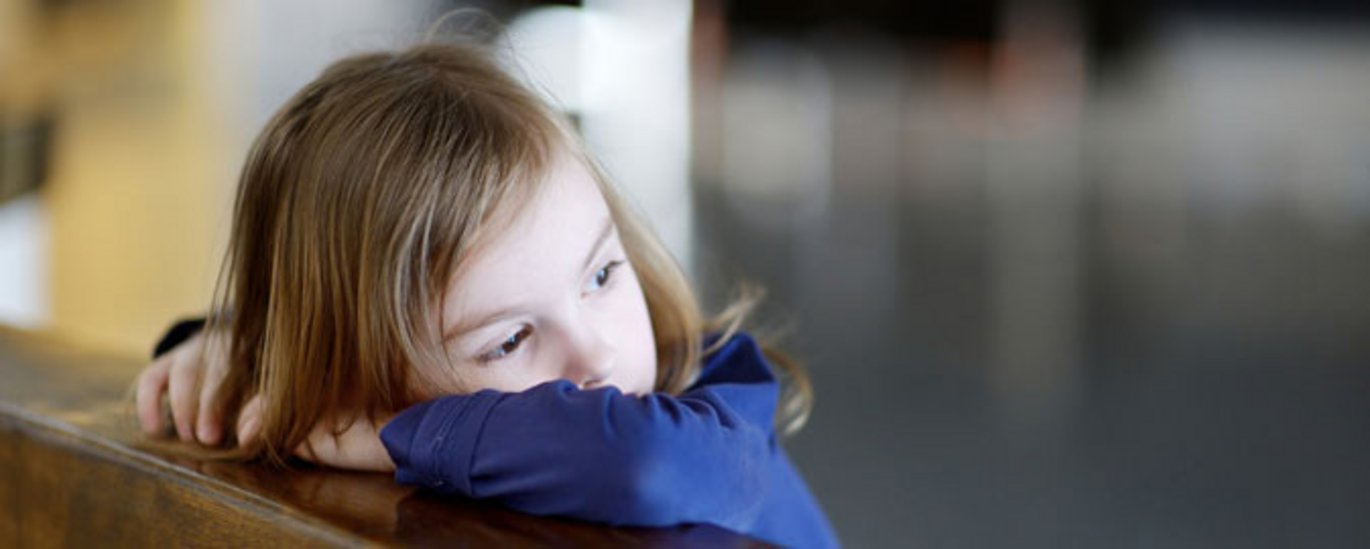Anxiety in children can be treated effectively and cheaply
A new report from the Danish Health and Medicines Authority points at anxiety as one of Denmark’s biggest and most expensive health issues. But anxiety can be treated with simple means from as early as childhood.

Each year, nearly 2,000 Danes are granted early retirement pension due to anxiety. Anxiety is also the most expensive disease in Denmark when measured in terms of production loss. This is established in the report “The Danish disease burden” (Sygdomsbyrden i Danmark) published by the Danish Health and Medicines Authority in September 2015.
It does, however, not have to be this way, argues Professor Michael Thastum, head of the Anxiety Disorder Clinic for Children and Adolescents at the Department of Psychology and Behavioural Sciences, Aarhus University.
“We know that anxiety starts at an early age. Early intervention is therefore very important. If we can treat children with anxiety, we may be able to prevent them from becoming disability pensioners or from having a lot of absence due to illness later in life,” he says.
A simple and effective method
Michael Thastum’s research shows that the treatment programme “Cool Kids” can help a great deal of children get rid of their anxiety. The programme was initially tested at the university’s own clinic. Afterwards, a total of 87 children were treated according to the methods at child psychiatric departments in three different hospitals as well as in four Educational Psychological Counselling units at municipal level.
Immediately following the treatment, 46 per cent of the 87 children had overcome their primary anxiety disorder, and in the follow-up three months later, the number had increased to 60 per cent. These results are almost as good as those reached at the university’s own clinic, and this serves to show that the treatment also works in “real life”. It only requires a few small steps: The practitioners attended a two-day course in the programme before they started, and during the course of the programme, they were given two times three hours of group supervision.
Popular treatment
The treatment was not just effective; it was also popular among the children. Not least because it was carried out in groups of four to seven children suffering from different anxiety disorders.
“Many of these children are very much alone with their anxiety. So for them it was a big relief to meet other children dealing with the same issues,” says Mikael Thastum.
The groups met up for 10 two-hour sessions over a 12-week period. The programme provided the children with different methods for handling their anxiety. In between the meetings, the children would practice at home gradually exposing themselves to the situations which they feared. The parents were also taught how to support their children in the best way possible.
The method is spreading
The method was also popular among the practitioners. The municipalities involved in the study continue to provide the treatment, and it has been adopted by many others. And Mikael Thastum is happy to contribute to this development.
“Unfortunately, it’s not a public treatment option which all children are entitled to. But many practitioners have shown an interest in the treatment, and our study has helped spark this interest. We have now documented that it works,” says Mikael Thastum.
He is delighted that the Anxiety Disorder Clinic for Children and Adolescents with the help of funding from TrygFonden has been given the opportunity to provide free training in the method to a number of practitioners in 2016. The training is aimed at practitioners employed at municipal and regional level who wish to implement Cool Kids.
Further information
Mikael Thastum: mikael@psy.au.dk
Hjalti Jònsson: hjalti@drhjalti.com